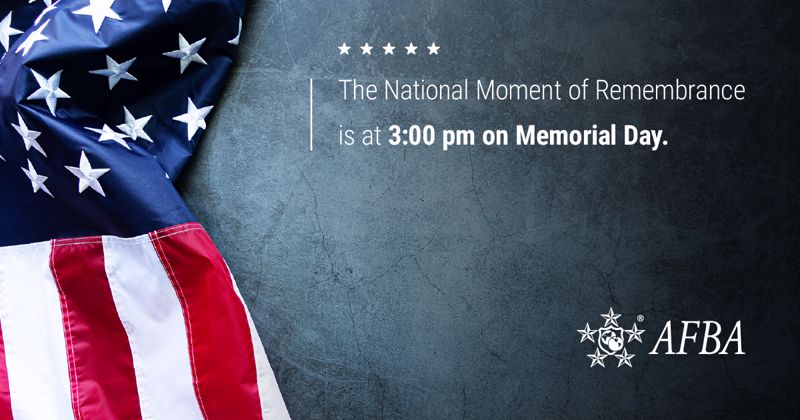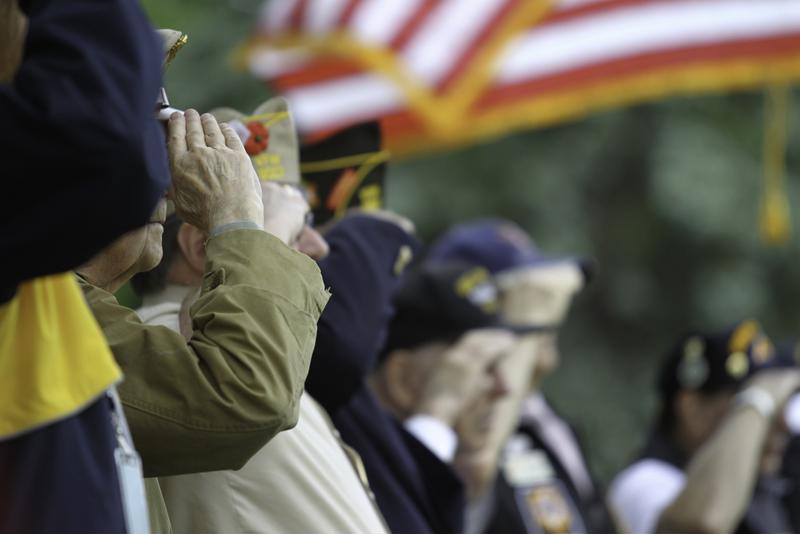For some, Memorial Day simply represents a three-day weekend and the unofficial beginning of summer. But for many of us, Memorial Day commemorates and celebrates those brave soldiers who sacrificed their lives for the country.
The history and traditions of Memorial Day go back a long way, from the history of casual observances to the first official observances in the U.S. Today.
Origins of Memorial Day
Since antiquity, people have remembered fallen soldiers with parades and memorials.
In the U.S., the first traces of what would become Memorial Day began a few weeks following the end of the Civil War. On May 1, 1865, a regiment of African American Union troops along with more than 1,000 newly freed individuals, marched a procession into a former prisoner of war camp in Charleston, South Carolina. There, the group consecrated a burial site for the more than 250 prisoners who died of disease or exposure. They sang hymns, recited Bible verses and scattered flowers on the graves of the fallen.
Then, on May 5, 1866, the city of Waterloo, New York, held a community-wide ceremony honoring the local Civil War veterans. Residents flew flags at half-mast, businesses closed for the day and vigils were held.
Three years later, in 1868, the Grand Army of the Republic (GAR) established Decoration Day as May 30. The idea was to decorate the graves of the fallen soldiers with flowers, and this day was chosen as many flowers would be in full bloom. Though some legends say this was chosen because no Civil War battles took place on May 30.
May 30, 1868, marks the first observance of Decoration Day. Ceremonies were held at Arlington National Cemetery with General Ulysses S. Grant presiding over the solemn occasion. Small American flags and flowers were placed on the graves of soldiers, a tradition that carries through to this day.
Since that time, however, more than 25 different locations around the country have claimed to be the birthplace of Decoration Day or Memorial Day. In 1966, President Lyndon Johnson and Congress declared Waterloo, New York, as the original home of Memorial Day. Then, in 1971, Congress passed an act declaring Memorial Day a national holiday, and moving the day of remembrance to the last Monday in May.
Memorial Day's Legacy Continues
Although it's been a long journey from the original Decoration Day to the holiday as we know it, today, the tradition and legacy of Memorial Day holds strong across the country and the U.S. military bases around the world.
Most recently, Congress passed the "The National Moment of Remembrance Act" and President George W. Bush signed it into law in December 2000. The act encourages all people in the U.S. to give something back to their country, and to help coordinate commemorations in honor of those who gave their lives in service for the country.
The National Moment of Remembrance is at 3 p.m. on Memorial Day. Remember our fallen soldiers during this moment of silence at your local time.

This can be done anywhere you are, even if you're out with friends or at a cookout with family. Spread the word about the National Moment of Remembrance to help ensure everyone understands what this serious day means for servicemembers and their loved ones.

